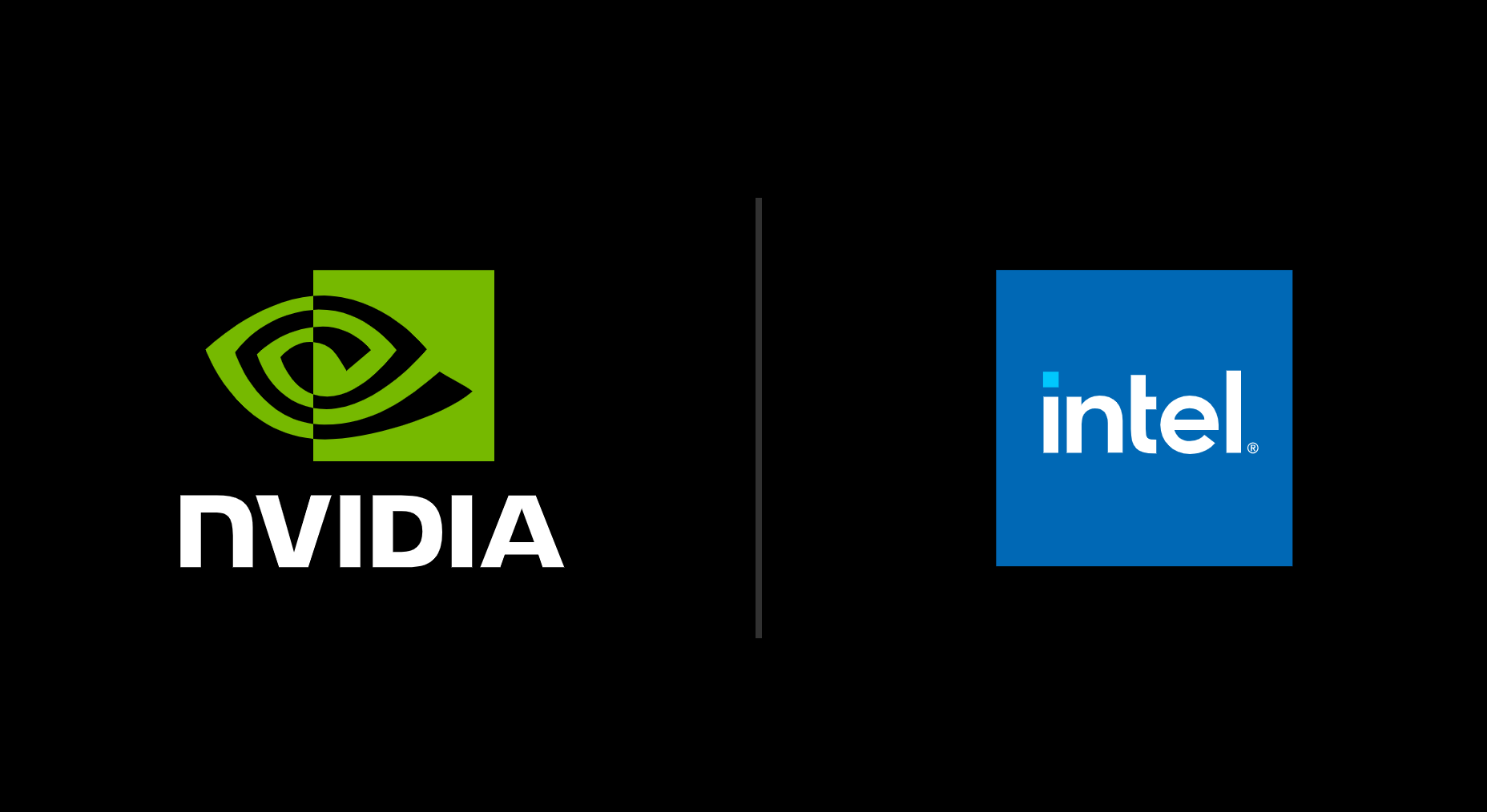Nvidia and Intel Unveil Strategic Partnership to Embed RTX GPU Chiplets in Intel Processors

Key Points
- Nvidia and Intel announce a multi‑billion‑dollar partnership.
- RTX GPU chiplets will be integrated into Intel SoCs for data‑center and client CPUs.
- The collaboration focuses on x86 CPU integration rather than Intel's foundry services.
- Nvidia becomes a major customer of Intel, aiming to boost Intel's graphics capabilities.
- Industry observers expect the deal to challenge AMD’s position in the market.
- U.S. government involvement in Intel’s ownership was referenced during the briefing.
- Both companies see the partnership supporting AI and high‑performance computing workloads.
Nvidia and Intel announced a major partnership that will integrate Nvidia's RTX GPU chiplets into Intel system‑on‑chips for data‑center and client CPUs. The deal, described as a multi‑billion‑dollar collaboration, positions Nvidia as a key customer of Intel and aims to boost Intel's integrated graphics capabilities while giving Nvidia a foothold in the x86 market. Executives from both companies highlighted the focus on datacenter and client CPU integration, and industry observers noted the potential impact on competitors such as AMD. The announcement also referenced recent U.S. government involvement in Intel's ownership structure.
Partnership Overview
Nvidia and Intel revealed a strategic collaboration that will see Nvidia’s RTX GPU technology embedded as chiplets within Intel’s system‑on‑chip (SoC) designs. Company leaders described the alliance as a "tens of billions of dollar" partnership that will make Nvidia a major customer of Intel moving forward.
Technical Focus
The core of the agreement centers on integrating Nvidia’s RTX GPU chiplets into Intel’s processors for both data‑center and client‑side applications. Executives emphasized that the effort will concentrate on x86 CPU integration rather than on Intel’s foundry services. While specific process nodes were not disclosed, the partnership is intended to deliver competitive performance against existing AMD APUs in thin‑and‑light gaming laptops, mini‑PCs, and handheld devices.
Market Impact
Industry analysts noted that the collaboration could reshape the competitive landscape. By pairing Nvidia’s graphics expertise with Intel’s CPU platform, the alliance aims to strengthen Intel’s integrated graphics offering and challenge AMD’s position in the market. Observers also highlighted that the partnership may influence stock movements for the involved companies, with Nvidia’s shares rising and AMD’s experiencing a decline following the announcement.
Government and Industry Reactions
Comments within the briefing referenced recent U.S. government activity, noting that the government had taken a stake in Intel earlier in the year. The partnership was described as receiving supportive remarks from the administration, though no direct involvement was claimed. Executives from both firms expressed confidence that the collaboration would benefit the broader U.S. chip ecosystem.
Future Outlook
Both Nvidia and Intel indicated that the partnership is designed to address current and future demands in AI, data‑center workloads, and consumer computing. While details on manufacturing locations and timelines remain undisclosed, the alliance is positioned as a long‑term effort to combine Nvidia’s GPU leadership with Intel’s x86 CPU dominance.